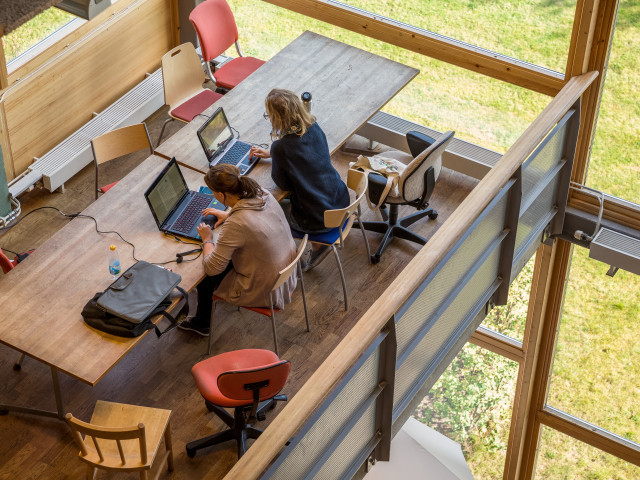The course gives an overview of the technical subject content and the subject didactics that are required to teach in the subject technology in the upper secondary school according to current control documents.
The course consists of the following block:
⢠Technology didactics- the history, approach to knowledge, assessment and research of the school subject
⢠Design and product realisation
⢠Technology, man, society and environment from a historical perspective
⢠Experiment, models and simulation in technology and technology instruction
⢠programming
⢠Electrical Engineering
⢠Environmental Technology
⢠Industrial Systems
⢠Material Technology
⢠Mechanics and Solid Mechanics
⢠The Built Environment
⢠Information and Communication Technology
On completion of the course, the student should be able to
⢠be able to plan and evaluate technology instruction in the upper-secondary school in accordance with the requirements of the curricula
⢠have good knowledge of formative and summative assessment in the technology subject in accordance with the requirements of the curriculum and the special character of the technology subject
⢠have good knowledge of the technology subjects of the primary and lower-secondary school and the upper-secondary school- their aims, traditions, approach to knowledge and types of instruction
⢠be able to reflect on the influence of the technology on social progress, sciences and working life in consideration of aspects as gender, health, culture and material prosperity
⢠be familiar with the importance of experiment and modelling in technological sciences and technology instruction, as well as be able to design, carry out and evaluate experiments in their own teaching
⢠be able to use engineering methods in technical design and problem-solving as well as be able to develop, carry out and evaluate exercises for pupils with similar contents
⢠be familiar with common construction materials and manufacturing processes- their fields of use, advantages and disadvantages
be familiar with basic mechanical relationships and use them in simple analyses
⢠be able to carry out simple calculations in solid mechanics
â¢be familiar with common electric and electronic components and their use
⢠be able to write computer programs and create dynamic web pages by means of modern high level language
⢠be able to analyse and discuss environmental problems and methods to mitigate and/or solve them
⢠be able to identify and describe technical systems in industry and society
⢠be able to teach about above-mentioned fields of technology in the upper-secondary school
⢠have good knowledge of current technology didactics research
These are the intended learning outcomes for the course in its entirety. They are deconstructed to goals in their respective modules.
